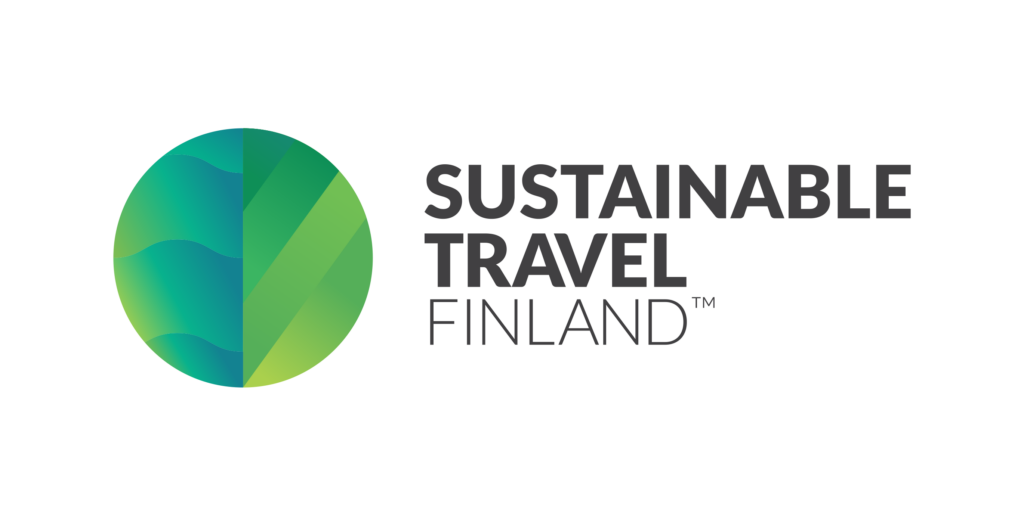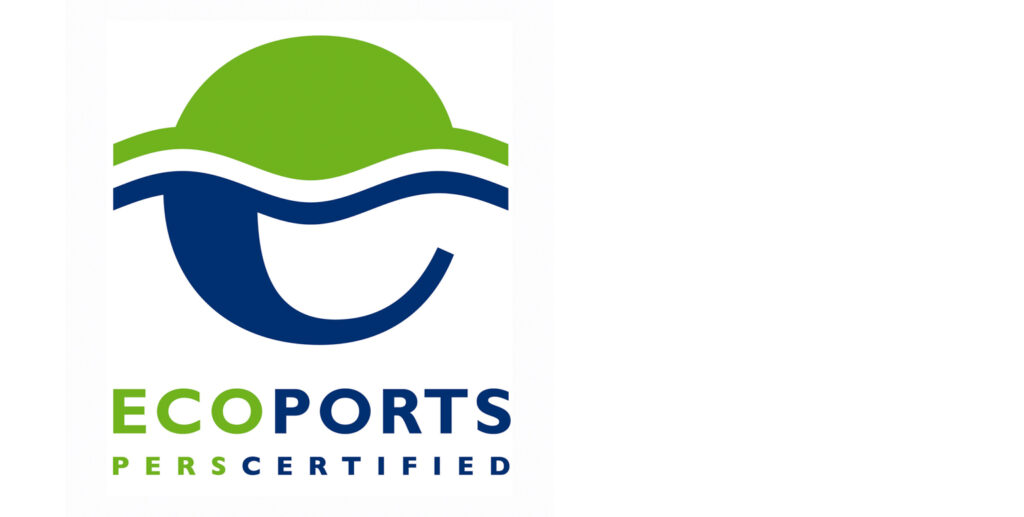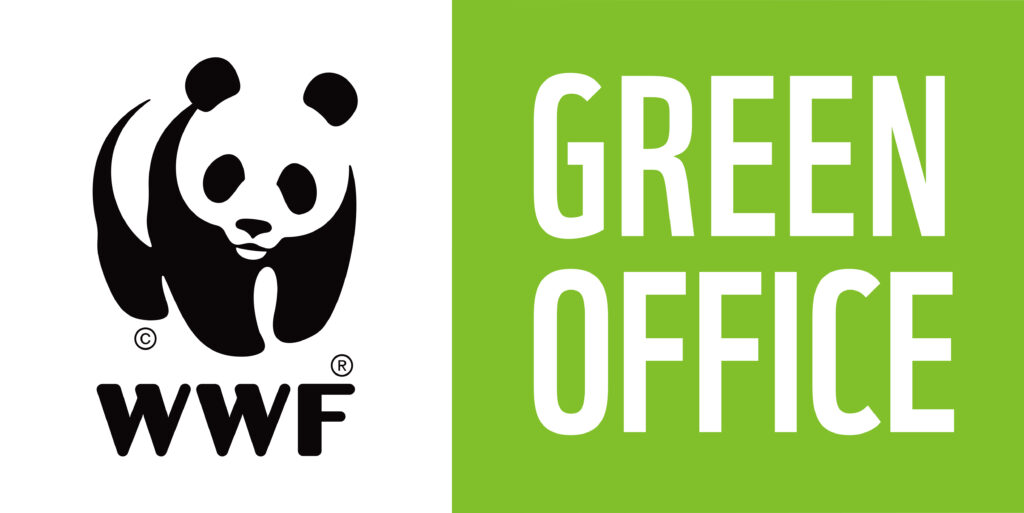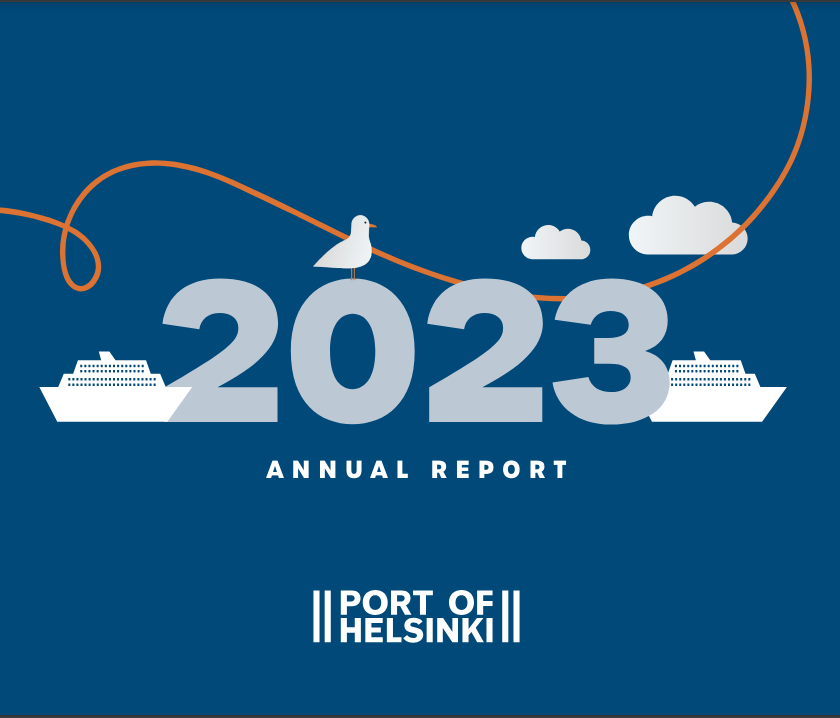
Environmental responsibility
Finland is dependent on foreign trade, and most of it is carried out by sea. The Port of Helsinki is an important traffic hub in Finland at the meeting point of the marine environment and the city. Responsibility for environmentally sustainable port operations is at the core of our daily work.
We continuously improve the energy-efficiency of our own operations, but we are also committed to strongly influencing the mitigation of the environmental impact of our entire field of operation. We also take responsibility for our operating environment.
South Harbour, West Harbour and Vuosaari Harbour have environmental permits in accordance with the Environmental Protection Act that guide their operations. The purpose of the permits is to regulate noise and emissions levels and waste management in the port areas. The port cannot operate without the environmental permits, and everyone operating in the port area must comply with the permit conditions.
The Environmental Permits set a minimum level for the operations, but the goals are much higher than that.
A carbon-neutral port
Together with its owner, City of Helsinki, the Port of Helsinki is committed to implementing the Carbon-neutral Helsinki action plan.
The carbon-neutral port programme, first published in 2019, operates on a tangible level and contains dozens of different measures to promote carbon neutrality. Decisive implementation of the programme is a joint effort by the entire Port of Helsinki.




Annual Report 2023
The Port of Helsinki reports on the achievement of its responsibility and sustainable development
goals as a part of its
Annual Report.


